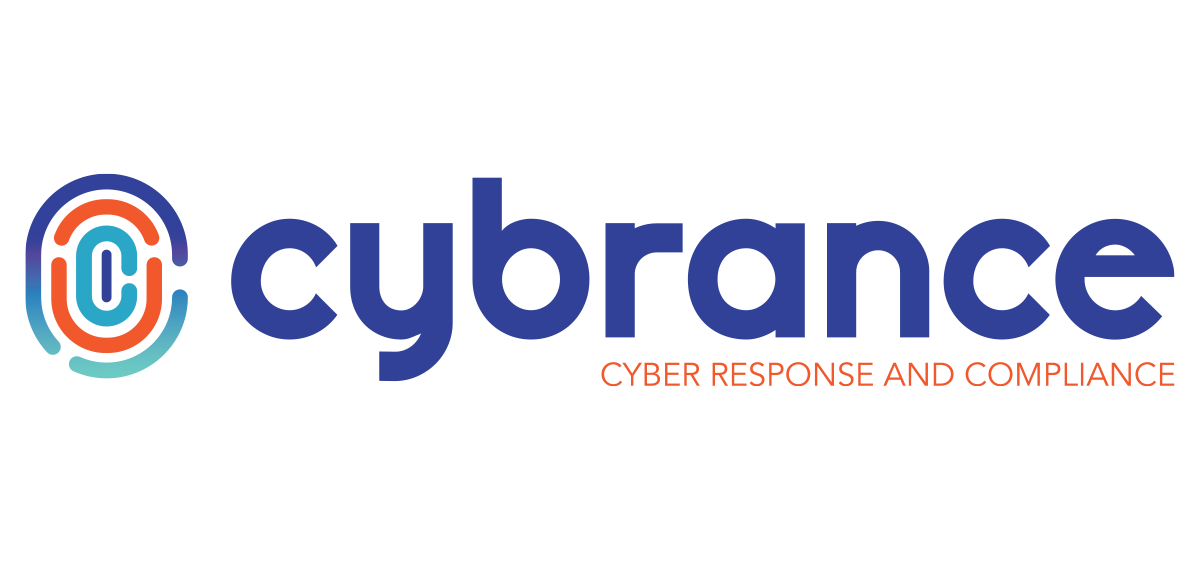ESSENTIAL EIGHT MATURITY MODEL
Protecting Microsoft Windows-based networks against cyber security threats
Developed by the Australian Cyber Security Centre (ACSC) to help organizations better protect against cyber threats and protect valuable data.

Why the Essential Eight?
The Essential Eight is an important set of strategies designed to address a wide range of cybersecurity threats and help organizations protect their networks and data.
Designed by the Australian Cyber Security Centre (ACSC), the Essential Eight outlines eight steps that should be taken to mitigate potential threats, including application control, patching, user application hardening, user education, malicious code protection, administrative privileges management, system configuration settings management, and data backup and recovery.
How it Helps
The Essential Eight provides organizations with essential strategies for tackling cyber threats today and equipping them with the tools needed for more effective security protocols tomorrow.
By following these guidelines, organisations can better proactively protect themselves from emerging threats while allowing employees the freedom needed for effective collaboration within a secure environment that supports innovation while maintaining safe practices in a connected digital world.
Why it Matters
Application control is a critical step in protecting against malicious software. Patching is also necessary as it helps prevent known vulnerabilities from being exploited. User application hardening involves restricting access to applications based on privilege levels and setting up rules that ensure users do not have excess privileges they can exploit during an attack.
User education is also important as it helps people understand the risks associated with using digital platforms and how to take appropriate precautionary measures when using them.
Malicious code protection helps prevent attackers from inserting malicious code into systems or applications, which can then be used to gain access or cause harm. Administrative privileges management reduces the danger of unauthorized access by limiting who has access to certain resources. System configuration settings management helps maintain a secure environment and prevents changes from being made without authorization.
Finally, data backup and recovery enables organizations to keep copies of their data securely in case it gets corrupted or stolen during an attack so it can be restored quickly with minimal disruption.
